Popular games published by company Taito

Two of Taito's most beloved arcade classics combine with cameos from their other releases to produce one frantic title.
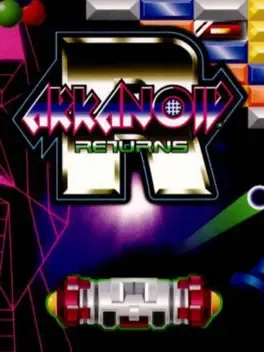
Arkanoid Returns is an arcade game released by Taito in 1997 as part of the Arkanoid series. It was the fourth overall, and third to be released in arcades. The game was since ported to the PlayStation, with an updated home release being released afterwards titled Arkanoid R 2000. All versions were released exclusively in Japan, currently making it the only game in the series to never receive an international release. The enemy known as 'DOH' still did not get the message and after many years of silence decides to attack once again. The 'Vaus' space vessel better be ready to face new, yet familiar challenges, in order to stop 'DOH' once again. The gameplay remains similar to Arkanoid: Doh it Again, the previous game in the series released for the Super Nintendo, in that it features the same powerups , some re-used level designs, and the same board size. The initial arcade game contains only 50 levels, the environment changing every 9 levels.
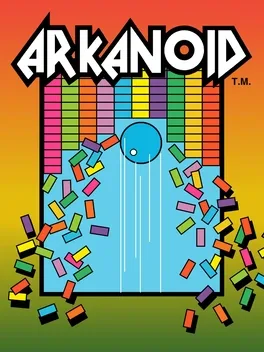
NES port of Arkanoid. The original Breakout concept involves controlling a bat at the bottom of the screen and using it to catch and direct a ball so as to hit all the bricks which are arranged at the top of the screen. It was unpopular for over a decade, before Taito revived it with some new ideas in this arcade game. The game's plot redefines the bat as a Vaus spaceship, the ball as an energy bolt, and the bricks form a mysterious wall stopping the ship from progressing to safety. By the mid-80s, power-ups were popular in most types of arcade games, and Arkanoid features them. They are caught by positioning the bat below them as they fall (meaning that you risk missing the ball if you go for them at the wrong time). The power-ups include lasers (which are mounted to each side of the ship and allow you to shoot out the blocks), a catching device (so as to be able to fire the ball off at a different angle every time you hit it) and one that slows the bolt down.
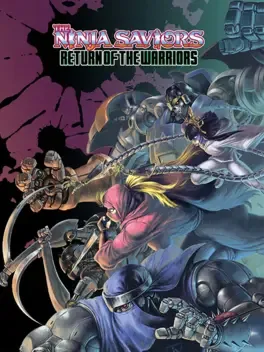
Based on the 1994-released The Ninja Warriors: Again, which is a Super Famicom arrangement of the 1987-released arcade game The Ninja Warriors, The Ninja Saviors: Return of the Warriors is a 25-year-later remake from the Tengo Project main staff that brought you the original games. While retaining its 16-bit style, The Ninja Warriors: Once Again significantly enhances the character resolution, pattern amount, and more to match the latest hardware. In addition to two new playable characters, The Ninja Saviors: Return of the Warriors implements a two-player co-op mode that was not available in The Ninja Warriors: Again.
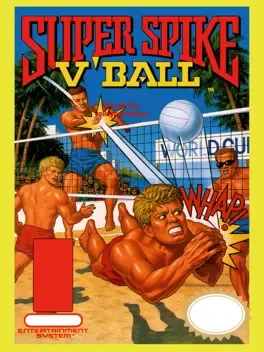
Warm up with a few exercise games then face contenders in the American Circuit. For the ultimate challenge play against the best in the World Cup. Jump and block opponent's spikes, dive to dig a cross court spike, or set one up for a smash that only the best player can return. Kabooom! Your Super Spike blasts your opponent off his feet! "X" marks the spot so you can track the ball. Pick players with speed, strong defense, or killer offense. Your quick reflexes and competitive spirit complete the team. Play against the computer, by yourself or challenge a friend. With the NES Satellite or the NES Four Score any combination of one to four can play - even two vs. two! Now you can play on sand courts from Daytona to Los Angeles. Face off international teams in Hawaii or challenge the hot Navy team aboard an aircraft carrier. Watch the sand fly! Hear the applause. Soak up the rays! It's Super Spike V'Ball for World Class fun!
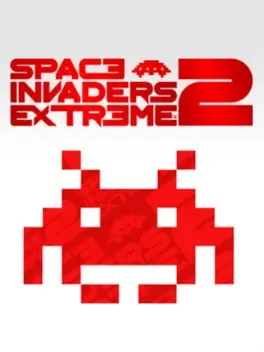
High-speed action-packed game play returns with the addition of exciting head-to-head battle modes, a challenging new time attack mode, and expanded game play progression that goes beyond Fever Time to SUPER FEVER TIME! Space Invaders Extreme 2 - faster and more exhilarating than ever before!

Ninja Warriors plays as a side scrolling beat 'em up, and is a single player adaptation of The Ninja Warriors arcade game. Players can choose from 3 different Ninja Warriors: Ninja, Kunoichi or Kamaitachi. The characters play differently, but share some common controls. Each can attack, jump, grab the enemy, block attacks or unleash a special attack on the entire screen. This special attack charges up gradually and can be reset by being knocked to the ground.

Lufia II: Rise of the Sinistrals serves as a prequel to Lufia & the Fortress of Doom, unfolding its events ninety-nine years before. The narrative delves into the origins of the series' antagonists, the Sinistrals, a group of super-humans. Players take on the role of the ancestor of Maxim, the protagonist from the first game, as he embarks on a quest after encountering Iris, a mysterious woman. Maxim seeks other heroes to join forces in preventing the Sinistrals from wreaking havoc and destroying the world. Like its predecessor, Rise of the Sinistrals follows the Japanese-style turn-based RPG format with an infusion of puzzle elements. The game incorporates intricate puzzles into its dungeon designs, requiring players to use various items and accessories for solving. Additionally, it introduces the "Capsule Monsters" system, allowing summoned monsters to participate in battles. These creatures evolve through the consumption of weapons, armour, or special fruits. Unlike the first game, dungeons in Rise of the Sinistrals lack random battles, with enemies visibly moving on-screen.
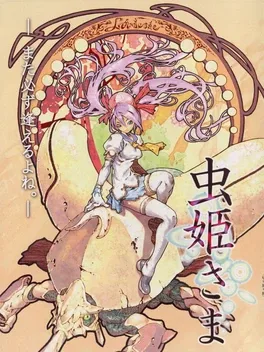
Mushihimesama is a manic shooter developed by Cave and released by Taito in 2004. It was ported to the PlayStation 2 in 2005 and iOS in 2011. An Xbox 360 port was released in May 2012 (with ver1.5 as first print DLC). A significantly changed "version 1.5" was released to arcades in 2011. The game has an insect theme as all of the enemies resemble various insects such as beetles and butterflies. The game is set in various forest environments. It received a sequel in 2006, known as Mushihimesama Futari, and a spin-off iOS game entitled Mushihimesama Bug Panic.
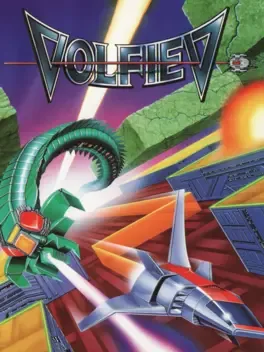
Once in the game, using the arrow keys you can move the 'Scanner' ship around the 'Shield Line' at the parameter of the playing area. While moving around this edge the ship is protected from the aliens by a shield indicated by a glowing circle around the ship. This shield is not infinite and care should be taken to complete each level as quickly as possible. A counter indicates the level of shield that you have: when it reaches zero then any contact with an alien is deadly whether you are on the 'Shield Line' or not. The idea of the game is to cut areas out of the screen without touching any of the aliens. This is done by pressing the SPACE key which initiates the 'Laser Cutter' and moving off the 'Shield Line' and rejoining it somewhere else. While you are in the process of drawing a line, your shield is inactive and touching an alien is fatal. Similarly, if one of the aliens touches the line then it will send a charge down the line towards you and you must quickly return to the safety of the edge before it reaches you. When you rejoin the 'Shield Line' the area that does not contain the 'Boss' alien will be filled (points are gained by trapping the other aliens) and the 'Shield Line' will be adjusted to surround the area that is left. The level is completed when a certain percentage of the total area has been filled in. This percentage starts at 80% but may increase in the later levels.
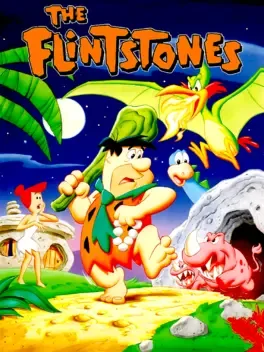
This is a platform game based on the famous Flintstones series. The game features many original Flintstones characters, such as Fred, Wilma, Barney, and others. Instead of the usual "save the princess" or "liberate the world" kinds of a plot, "The Flintstones" is mainly based on small quests: Fred has to retrieve a lost item, etc. The large levels are divided into smaller stages. In the end of each level there is a boss battle. The gameplay involves mostly jumping and hitting the enemies on the heads with a club. The health is measured by hearts. During the game Fred will find many useful items, including some that will increase his health level.
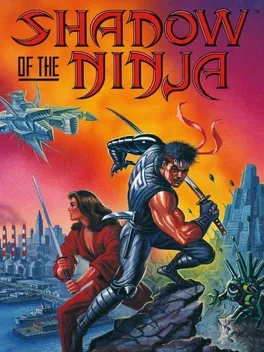
Shadow of the Ninja, originally released in Japan as Yami no Shigotonin Kage, and later released in Europe as Blue Shadow, is a 1990 futuristic ninja-themed side-scrolling action game by Natsume for the Nintendo Entertainment System.
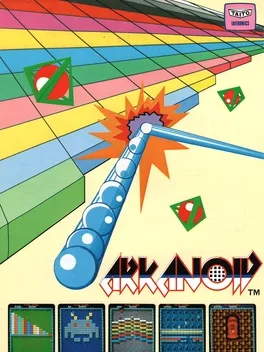
Arkanoid is an arcade game developed by Taito in 1986. It expanded upon Atari's Breakout games of the 1970s by adding power-ups, different types of bricks, and a variety of level layouts. The title refers to a doomed "mothership" from which the player's ship, the Vaus, escapes.
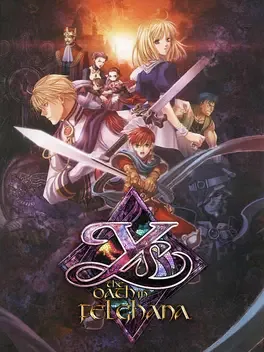
A complete 3D reimagining of the 16-bit console classic "Ys III: Wanderers From Ys," Ys: The Oath in Felghana is a fast-paced action role-playing game with tight controls, Metroidvania-style exploration elements, intense combat with epic screen-filling boss battles, and a thrashing, percussive arranged soundtrack that's been heralded by many as one of the best of all time. Based on the original 2005 PC release, this classic is finally officially available in English with added Steamworks features such as achievements and cloud saving.
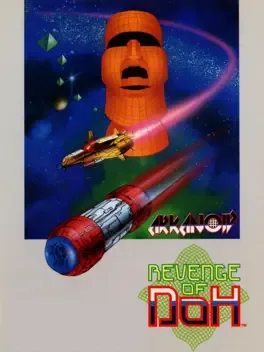
Arkanoid - Revenge of Doh (a.k.a. Arkanoid 2) is an arcade game released by Taito in 1987 as a sequel to Arkanoid. The mysterious enemy known as DOH has returned to seek vengeance on the Vaus space vessel. The player must once again take control of the Vaus (paddle) and overcome many challenges in order to destroy DOH once and for all. Revenge of Doh sees the player battle through 34 rounds, taken from a grand total of 64. NEW FEATURES: Revenge of Doh differs from its predecessor with the introduction of "Warp Gates". Upon completion of a level or when the Break ("B") pill is caught, two gates appear at the bottom of the play area, on either side. The player can choose to go through either one of the gates - the choice will affect which version of the next level is provided. The fire-button is only used when the Laser Cannons ("L") or Catch ("C") pill is caught. The game also features two new features for bricks. Notched silver bricks, like normal silver bricks, take several hits to destroy. However, after a short period of time after destruction, they regenerate at full strength. Fortunately, clearing a level does not require that any notched bricks be destroyed. Also, some bricks move from side to side as long as their left and/or right sides are not obstructed by other bricks. The US version features an entirely different layout for Level 1 that feature an entire line of notched bricks, with all colored bricks above it moving from side to side. The game features a mini-boss in the form of a giant brain, which will help you practice for DOH. Home versions of Revenge of DOH also featured a level editor, where players could create their own levels or edit and replace existing levels, with the exception of two levels: the mini-boss and DOH.
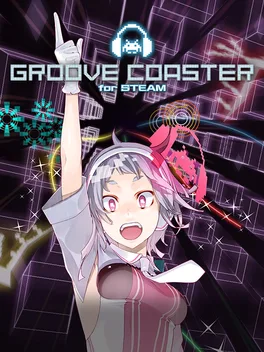
Riding the rhythmic rails of success from smart phone, into the arcades, now GROOVE COASTER arrives on Steam! Are you ready to ride a roller coaster of sound and light through a universe of music?
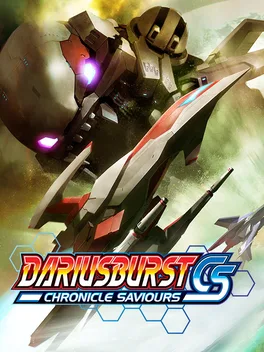
Dariusburst: Chronicle Saviours is a horizontal scrolling shooter developed by Pyramid and published by Taito. It forms part of the Darius series.. Like previous Darius games, Dariusburst is an offbeat sci-fi shooter set in outer space with aquatic-themed (typically fish-shaped) robotic enemies. In keeping with tradition, the game also features branching paths instead of the linear progression found in most video games Limited Run physical release.
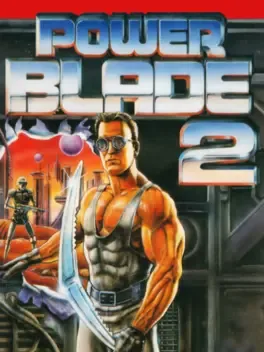
Time to sharpen the blade! NOVA is suddenly called to take action against a cyborg army. The Delta Foundation has developed a line of fighting robots that pose a threat to national security. NOVA has been picked to eliminate the danger by destroying the Delta Foundation - all five locations. Fortunately, he will be using different suits which give him the ability to walk on ceilings, swim long distances, and fly - not to mention the latest top secret suit. And of course, NOVA will be wielding the ancient Power Blade, a weapon of art and science. He must draw on all his skills and cunning to defeat these near-perfect fighting machines!
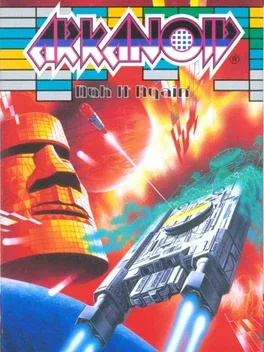
Much like the game Breakout, the player controls the "Vaus", a space vessel that acts as the game's "paddle" which prevents a ball from falling from the playing field, attempting to bounce it against a number of bricks. The ball striking a brick causes the brick to disappear. When all the bricks are gone, the player goes to the next level, where another pattern of bricks appear. There are a number of variations (bricks that have to be hit multiple times, flying enemy ships, etc.) and power-up capsules to enhance the Vaus (expand the Vaus, multiply the number of balls, equip a laser cannon, break directly to the next level, etc.), but the gameplay remains the same.

In this shoot 'em up the player has to fight off four assault waves consisting of different enemy types until he reaches a huge UFO. After destroying the protective plates guarding the UFO's pilot in his cockpit the player can kill the pilot. The game starts anew with harder enemies.
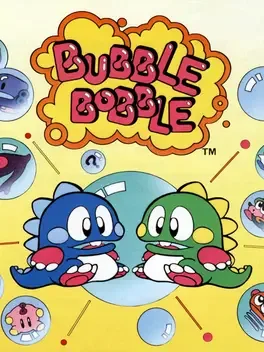
In the game, each player controls one of the two Bubble Dragons, Bub and Bob. The player can move along platforms, as well as jump to those above and to the side, similar to most platform games. The player can also blow bubbles. These can trap enemies, who are defeated if the bubble is then burst by the player's spiny back. Bubbles that contain enemies can be popped at the same time resulting in different foods being projected around the level. Each enemy trapped in a bubble equates to a different food. Food is consumed and transferred to points (an increasing scale of 1000 points is awarded for each enemy burst in tandem with another meaning: one enemy burst equals one food item worth 1000 points, two enemies burst equals two food items worth 1000 and 2000 points, three enemies burst equals three food items worth 1000, 2000 and 4000 points, and so on), which results in earning lives. These same bubbles also float for a time before bursting, and can be jumped on, allowing access to otherwise inaccessible areas. Players progress to the next level once all enemies on the current level are defeated. Enemies turn "angry" — becoming pink-colored and moving faster — if they are the last enemy remaining, escape from a bubble after being left too long or a certain amount of time has been spent on the current level. A monster will also become angry if either player collects a skull (the only negative item in the game), and the monster is hit by the resulting comet crossing the screen (however, this is a rare occurrence). After a further time limit expires, an additional invincible enemy appears for each player, actively chasing them using only vertical and horizontal movements. These do not need to be defeated to complete the level, and disappear once a player's life is lost. Contact with enemies and their projectiles (rocks, lasers, fireballs, etc.) results in death.
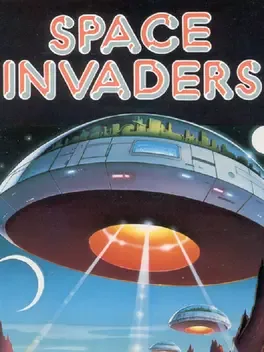
Space Invaders is an arcade video game developed by Tomohiro Nishikado and released in 1978. It is one of the earliest shooting games and the aim is to defeat waves of aliens with a laser cannon to earn as many points as possible.
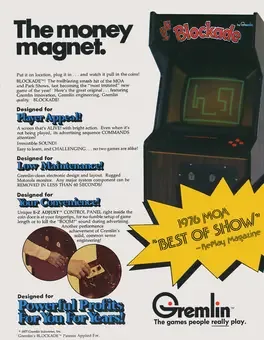
Blockade is a black and white arcade game developed and published by Gremlin in October 1976. Using four directional buttons, each player moves their character around leaving a solid line behind them, turning at 90 degree angles. To win, a player must last longer than the opponent before hitting something, with the first person to hit something losing. The game ends after one player gains six wins. Blockade is the first of what have become known as snake games.
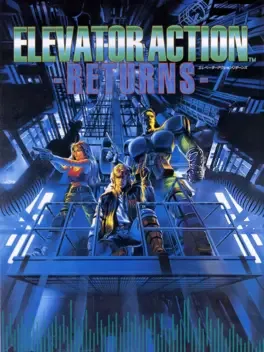
Elevator Action Returns, also known as Elevator Action II, is a 1994 run and gun arcade game developed and published by Taito. It is the sequel to Elevator Action (1983), featuring a much more gritty and realistic setting. Returns retains the elevator-based gimmick from the original, but expands the gameplay system and replaces the spy motif with a new scenario involving a paramilitary team fighting against a terrorist group.